To provide the best experiences, we use technologies like cookies to store and/or access device information. Consenting to these technologies will allow us to process data such as browsing behaviour or unique IDs on this site. Not consenting or withdrawing consent, may adversely affect certain features and functions.
The technical storage or access is strictly necessary for the legitimate purpose of enabling the use of a specific service explicitly requested by the subscriber or user, or for the sole purpose of carrying out the transmission of a communication over an electronic communications network.
The technical storage or access is necessary for the legitimate purpose of storing preferences that are not requested by the subscriber or user.
The technical storage or access that is used exclusively for statistical purposes.
The technical storage or access that is used exclusively for anonymous statistical purposes. Without a subpoena, voluntary compliance on the part of your Internet Service Provider, or additional records from a third party, information stored or retrieved for this purpose alone cannot usually be used to identify you.
The technical storage or access is required to create user profiles to send advertising, or to track the user on a website or across several websites for similar marketing purposes.
 More than a third of office employees (37 percent) feel their work ethic has improved over the past 12 months, according to a new study. This is particularly apparent among younger people such as those belonging to so-called Gen Z, as the figure rises to more than half of those aged 18-24 (55 percent) and 25-34 (57 percent). One in five (22 percent) suggest they ‘always go above and beyond’, with the same number saying that they will ‘do whatever needs to be done to deliver’. (more…)
More than a third of office employees (37 percent) feel their work ethic has improved over the past 12 months, according to a new study. This is particularly apparent among younger people such as those belonging to so-called Gen Z, as the figure rises to more than half of those aged 18-24 (55 percent) and 25-34 (57 percent). One in five (22 percent) suggest they ‘always go above and beyond’, with the same number saying that they will ‘do whatever needs to be done to deliver’. (more…)









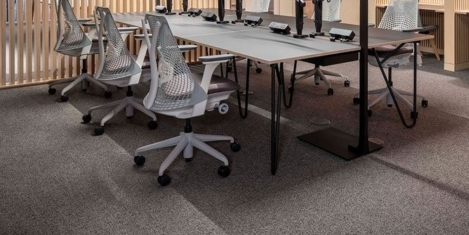
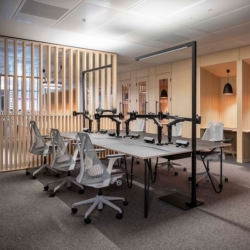




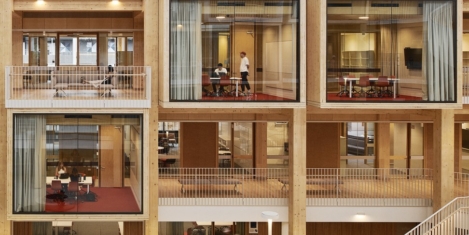
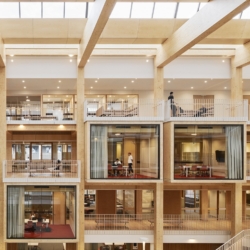





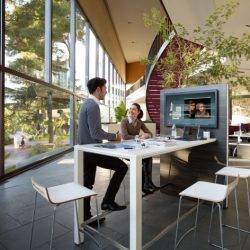











December 3, 2024
Do you have leadership paralysis?
by Jennifer Bryan • Business, Comment, JB